Cheese Industry (치즈인더스트리[치즈공업사])
427.80970133857215m 0 2023-08-23
Supyo-ro 28-gil 33-7, Jongno-gu, Seúl
Doore (두레)
437.7778329185869m 21296 2020-01-03
5-24, Insadong 4-gil, Jongno-gu, Seoul
+82-2-732-2919
Stew cooked with fermented soybean paste is this restaurant's signature dish. Rice with beef soup contains pyogo mushrooms and seaweed. The ugeoji soup is also a highlight. Made from the four legs of a cow and mixed with soybean paste, it is very unique. Variations of daily side dishes are also available.
Dolgorae Hoetjip (돌고래횟집)
440.18184966764943m 59 2021-03-26
101, Yulgok-ro 8-gil, Jongno-gu, Seoul
+82-2-765-3612
A great place for group dining and gatherings. This Korean dishes restaurant is located in Jongno-gu, Seoul. The most famous menu is sliced raw fish.
Tienda de Suvenires Coreanos en Insa-dong (한국관광명품점(인사동))
448.3315879819217m 14800 2024-02-19
Insadong 5-gil 14, Jongno-gu, Seúl
Sieunjae [Korea Quality] / 시은재 [한국관광 품질인증]
452.5563351703189m 4798 2021-04-05
439, Samil-daero, Jongno-gu, Seoul
+82-10-5355-3029
Located in Gyeongun-dong, Jongno-gu at the very heart of Seoul, Sieunjae is a hanok with a longstanding tradition. It has three guestrooms including the anbang (main room), byeolchae (detached building), and jakeunbang (small room). The anbang is the only room with a living room, where various items of old furniture, including a comfortable sofa, create an antique atmosphere. The communal bathroom and toilets are supplied with toiletries, while the communal kitchen is equipped with cooking equipment and a washing machine.
The house can be rented either as individual accommodations or in its entirety. As it is situated in Jongno-gu, at the very heart of Seoul, guests can easily reach many nearby major tourist attractions. Car users are advised to use the public parking lot as the house has no parking spaces. Entering by a small gate, the little flowerbed comes into sight. This old hanok shows traces of repair works on the tiled roof.
Dowon Masan Agujjim (도원마산아구찜)
453.4131491538645m 115 2021-03-22
438, Samil-daero, Jongno-gu, Seoul
+82-2-765-4009
A restaurant frequented by many celebrities. This Korean dishes restaurant is located in Jongno-gu, Seoul. The representative menu is spicy braised monkfish.
Banjjak Banjjak Binnaneun (반짝반짝빛나는)
456.93775729465307m 149 2021-03-19
28-1, Insadong-gil, Jongno-gu, Seoul
+82-2-738-4525
A Traditional Beverages specialty restaurant located in Insa-dong, Seoul. A store selling hand-crafted Korean traditional tea. The most famous menu is green plum tea.
CAFE Jongrosijang (CAFE종로시장)
460.2026690734488m 152 2021-03-19
10, Ujeongguk-ro 2-gil, Jongno-gu, Seoul
+82-2-732-1452
It sells American pancakes. The best menu at this restaurant is pancakes. This is a cafe located in Jongno, Seoul.
Campanario Bosingak (보신각 터)
463.4725963822205m 4254 2020-11-03
Jong-ro 54, Jongno-gu, Seúl
+82-2-2133-2641
El campanario Bosingak es el lugar en donde se encontraba la campana que daba la señal de la hora, tanto para las áreas del interior y exterior de la muralla de la ciudad capital. Fue construido en el 13º año (1468) del reinado de Sejo de la época Joseon, y en aquel tiempo, se fundó también el templo Wongaksa, pero fue trasladado al sitio actual, durante el reinado de Gwanghaegun (1619). En la antigüedad, la campana se tocaba 33 veces a las 4:00 de la mañana, y 28 veces a las 22:00 de la noche, y era utilizada para dar la señal de la hora, y como símbolo de la apertura y cierre del portón de la muralla. Es un patrimonio cultural de gran valor para los estudios académicos. Siendo el Tesoro Nº 2, la pieza original se encuentra en el Museo Nacional de Corea.
![Cheese Industry (치즈인더스트리[치즈공업사])](http://tong.visitkorea.or.kr/cms/resource/67/2997867_image2_1.jpg)

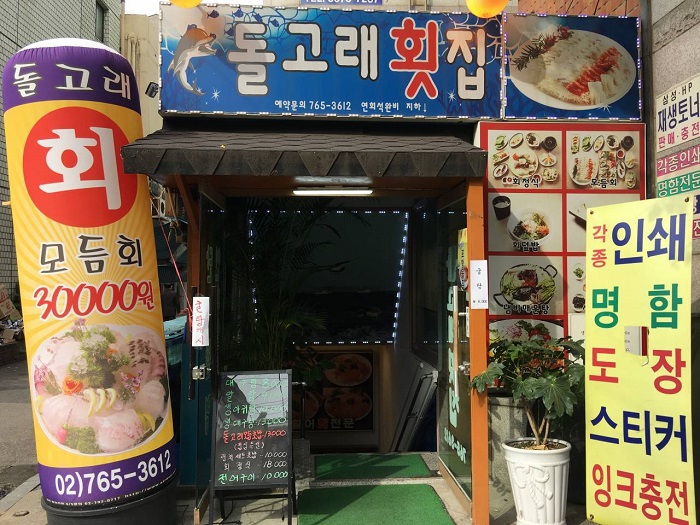
![Sieunjae [Korea Quality] / 시은재 [한국관광 품질인증]](http://tong.visitkorea.or.kr/cms/resource/51/2447351_image2_1.jpg)
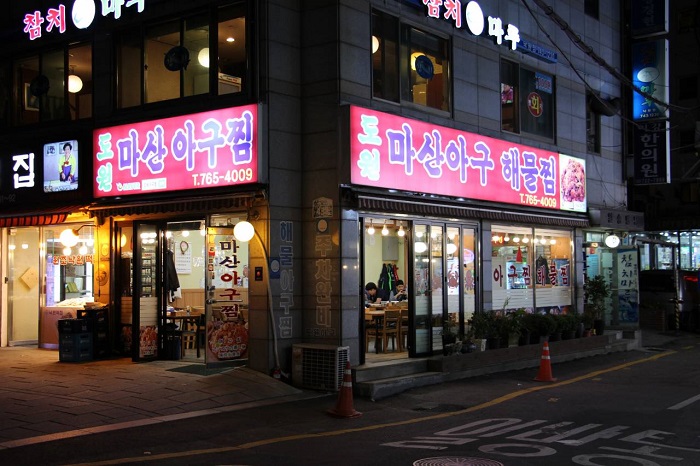
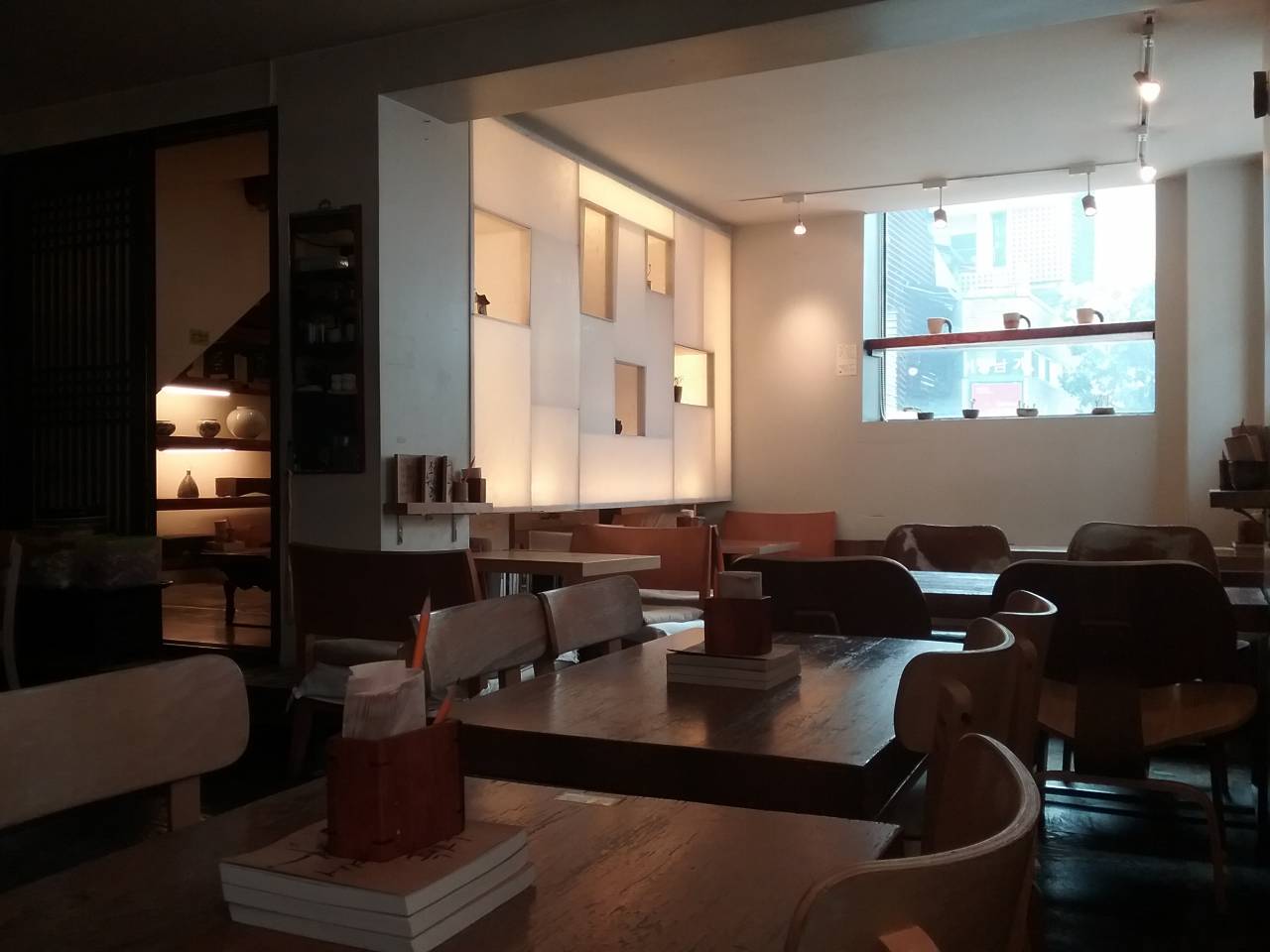
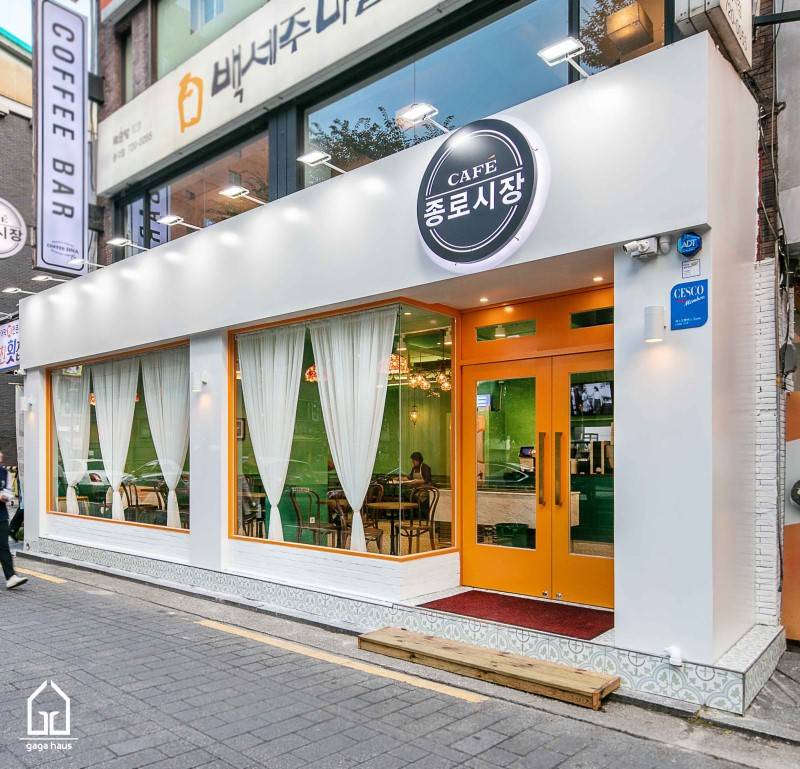
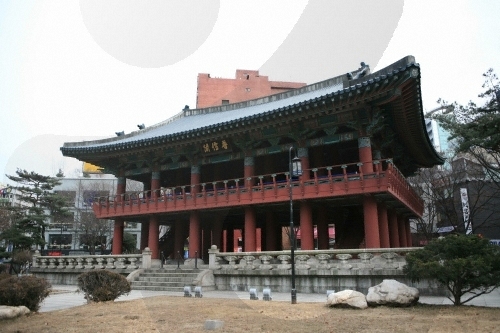
 Español
Español
 한국어
한국어 English
English 日本語
日本語 中文(简体)
中文(简体) Deutsch
Deutsch Français
Français Русский
Русский